World's Best Car Salesman: Max Hoffman
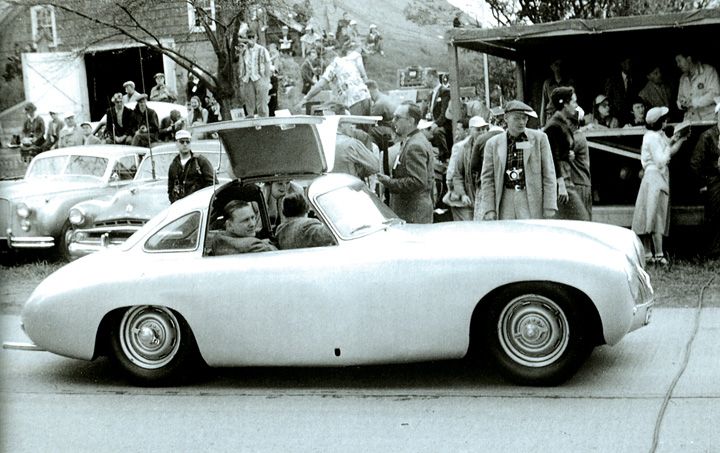
I like Mercedes-Benz cars from the 1980's and have had a W124 or W126 more-or-less continuously for the last 20 years. In those days the engineers designed the best cars they could, the accountants priced it, and then it was given to the Marketing Department to sell. They were the best cars in the world; the safest, most durable, most reliable, and had the best resale values. They were expensive, but you got what you paid for.
In my mind this was the way to make a good car. If you led the process with the Sales Department and consumer focus groups, you got things like the Pontiac Aztec. When the accountants ran the show it was even more grim - Pintos with gas tanks that exploded and small Cadillacs.
But not every well-engineered car was a sales success. The pre-war British Lanchester was as well-engineered as a Rolls Royce Silver Ghost, but the Lanchester brothers lacked the marketing savvy and social connections of Charles Rolls. Lancia made technically advanced cars with jewel-like engines, but were always too expensive relative to their small size and modest engine displacement. The 1.3 litre Lancia Fulvia Zagato that is pictured on the right was $4,250 new in 1967 when a 3.0 Litre Austin Healey was $3,800.
That said, some of the most iconic cars of the post-war era were created by marketing visionaries who had an eye for good design, and for what people could be persuaded to buy - often before they knew they wanted it. Such a person was Max Hoffman, who almost single-handedly was responsible for introducing Americans to European automobiles after WWII. Hoffman's influence grew with his sales orders, and he wasn't shy about telling the European manufacturers what to make for the US Market, and backing it up with orders. Without Max Hoffman there would be no Porsche Speedster, Mercedes-Benz 300sl Gullwing, Alfa Romeo Guiletta Spider, BMW 507 or 2002.
Max was an Austrian who was a successful automobile distributor in Vienna prior to WW2; being the middle-European dealer for Rolls Royce, Bentley, Alfa Romeo, Talbot, Delahaye, Volvo and Hothkiss. Escaping the Nazi regime, he moved first to Paris and then to New York in 1940. He left everything behind, and with no auto business to speak of during the war, he turned to making metalized plastic costume jewellery. He believed (correctly) that the women working during the war would want something to spend their money on. This business ended after the war when raw materials were available again, but had given Max substantial capital with which to invest in the automobile business.
Hoffman Motors was established in 1947 and Max quickly made his rounds in Europe, re-establishing friendships, industry connections and placing orders for cars. He took on the distributorship for Healey, Allard, Jaguar, Lancia, Lagonda, HRG, Lea-Francis, and Daimler. His first showroom opened at 487 Park Ave in New York with just one car - a Figoni et Falaschi coachbuilt Delahaye. His first customer was the Maharaja of Indore.
Knowing the fellow Austrian Porsche and Piech families, he got the distributorship for Volkswagen which nobody else wanted, and whose cars people laughed at. He was even offered the Wolfsburg factory - the world's largest - for $2M after the British declared the Beetle unsaleable.
In 1949, the first VWs appeared in the US arranged by the American Military to encourage trade with West Germany. In 1950 the British (in whose zone Wolfsburg was located) agreed to the export, and in July of that year, the first 20 'Type 1's' were unloaded in Brooklyn for the Hoffman Motor Company. These were among the first Beetles in the US (along with a couple private imports). They had the original 25hp, non-syncro gearbox, mechanical brakes and they were all painted 'Wehnmacht Green". Hoffman's dealers couldn't sell them, and Max gave up the franchise in exchange for a commission on the cars sold for a period of a few years.
When production of the Porsche 356 started in earnest in 1950, Ferry Porsche figured the world-wide demand for his car was 500 units per year. Max told Ferry that he could sell that many per week... Hoffman Motors was pivotal in Porsche's success, taking 70% of the factory's output. Max convinced Ferry that Porsche should have a badge, and Ferry sketched one out on a cocktail napkin in a New York restaurant.
Hoffman was a fierce competitor behind the wheel as well. A motorcycle racer in Europe, it didn't take Max long to start entering Porsches in sporting events where he put in fine performances that helped to establish Porsche in motorsport.
According to Hoffman, “On the 1951 Mount Equinox Hillclimb, I drove a Porsche cabriolet over a course with two miles of snow at the end. I was so fast, Briggs Cunningham claimed my time was impossible and forced the organizers to make me drive it again.”
Famously, Max asked Ferry to produce a stripped down version of the cabriolet - something the owner could drive to the track, race, then drive home again. Max wanted to sell it for $2,995 which was $500 less than the standard cabriolet. This would of course become the Speedster.
Hoffman Motors did very well with the Jaguars, particularly the XK120. The relationship soured when Max took on the Mercedes-Benz franchise, something that was offensive to Jaguar's William Lyons, whose factory was bombed during the war.
In the early 1950's, the Mercedes 300sl and the 8 cylinder SLR were the most advanced sports racing cars money could buy. Hoffman figured that some of his customers would like a road going version, but all Mercedes-Benz management would agree to was a convertible based on the 180 platform - the 190sl. Then Max said he would place an order for one thousand 300SL Gullwings - and that got Mercedes attention. they built the car, which is now legendary. He also insisted on a 300sl Roadster, which started production in 1957.
Max was also a big fan of BMW, whose cars he likened to race horses. He wanted a two seat convertible, and BMW presented him with a proposal. Max responded, "You can never sell this, it is too ugly". Max later collaborated with his stylist friend, Albert Goertz, and designed the new car in New York - it became the BMW 507.
Hoffman would later tell BMW that they should introduce a 'Ti' high performance version of their 1600 sedan which helped to establish BMW as a performance car maker. Later he asked to have their 2 Litre engine dropped in. BMW engineers said that it wouldn't fit, to which Max replied that he would get his own shop to drop the new engine in. BMW made the car, the 2002, and the sports sedan was born. The first year's production all went to the US. Max was an aesthete who had an eye for fine design in many things including architecture. It was no surprise that he contracted none other than Frank Lloyd Wright to design his new Park Avenue Showroom, and later his home in Rye, NY. |
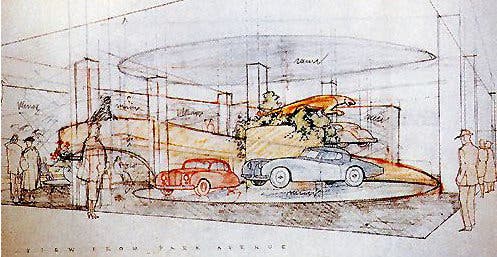
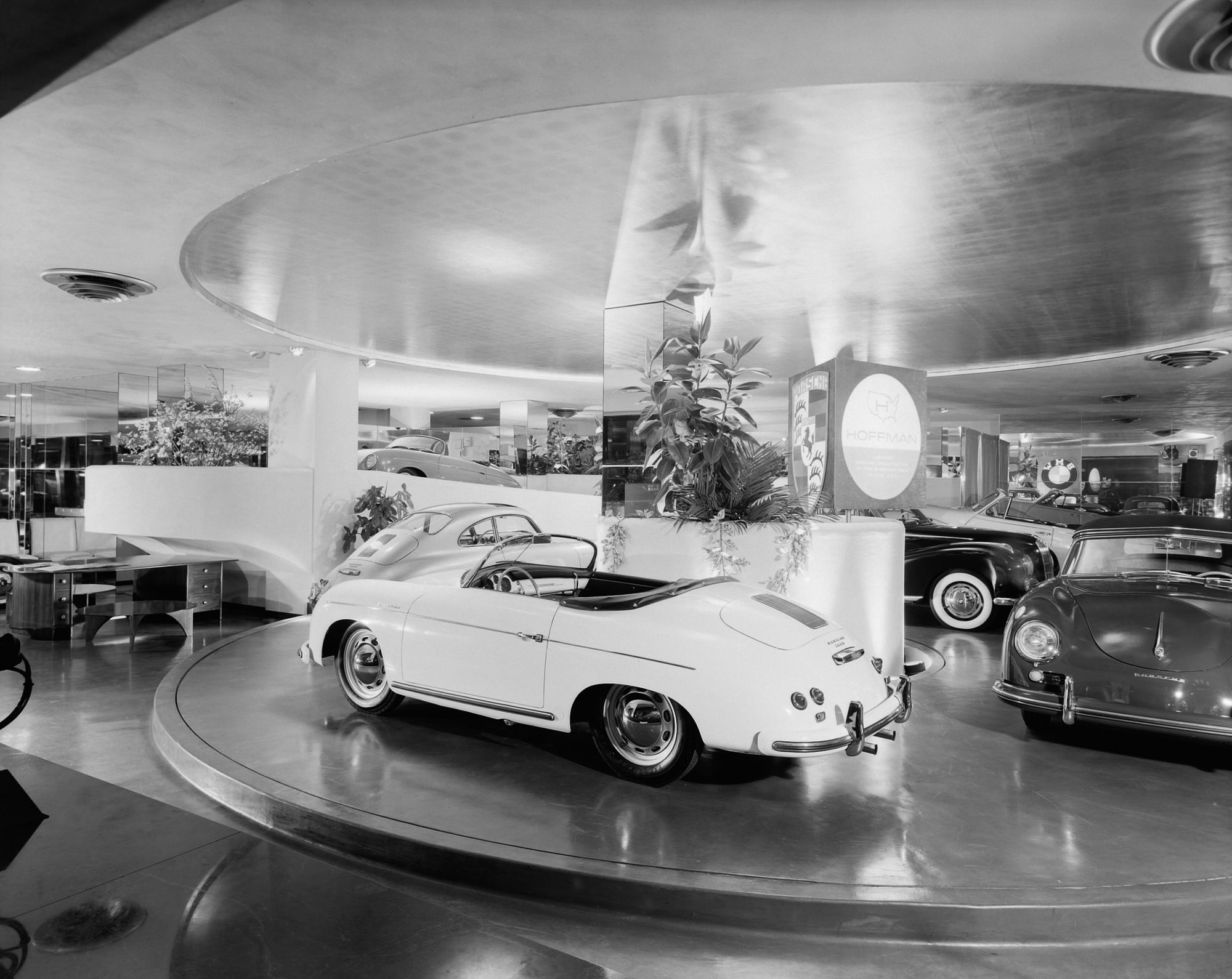
Originally meant for a Jaguar, the showroom at 443 Park Avenue displayed Porsches when it opened in 1955. It featured a spiral ramp that would later become the signature design feature of the Guggenheim museum, located not far away. The showroom was used up until 2012, where it was demolished, much to the dismay of local preservationists.
Hoffman's business interests were substantial by the late 1950's - he was involved with more than 475 sub-distributors and dealers located in over 370 cities and towns throughout the United States. By the mid-1960's structural changes and a rationalization of automobile manufacturers had Hoffman Motors down to just the BMW distributorship in 1964. It took until 1968 for it to become profitable. Max Hoffman sold in 1973 to enjoy his art collection. His only regret was not to become a builder of a car of his own.

On August 9th, 1981 Maximilian Hoffman died, and his legacy lives on with the stratospheric sale prices realized for the iconic cars that he created. He was inducted to the Automotive Hall of Fame in 2003.

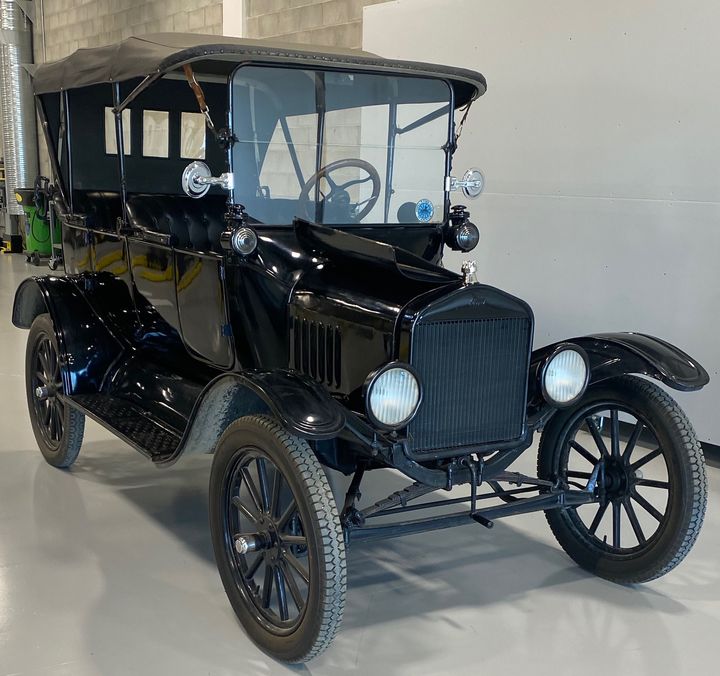
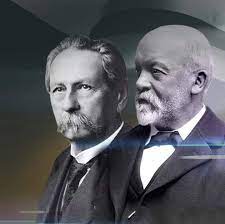
Comments ()